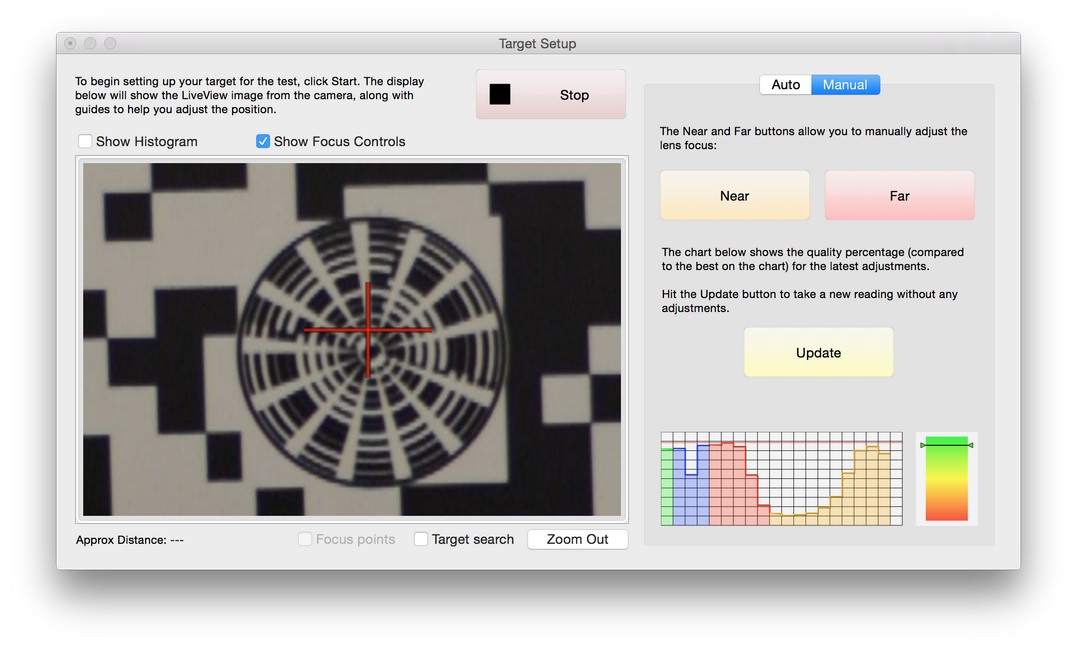
You probably won’t need to if you’re shooting with a low-megapixel camera (i.e. If you’re shooting with a DSLR and not having focus problems, you don’t particularly need to calibrate each of your lenses. We’re only talk about changing settings in your camera. Note: Lens calibration doesn’t make any physical changes to your lens or camera.

It’s really an awesome feature, and crucial for all DSLR users. Once dialled in, your camera will save these settings to memory and automatically load them in when you use this lens. Move the point into the negative numbers (closer to the camera) to compensate for back focusing and into the positive numbers (away from the camera) for front focusing. On most cameras, the focus point can be adjusted in small increments, usually spanning from -20 to 0 +20. If the area that’s sharp is in front of the spot you were targeting (front focusing) you’ll want to move the spot farther out. If your lens has its focus shifted behind the area you’re targeting (back focusing) you’ll want to shift the focus point towards the camera body. If you’re shooting with a modern DSLR, your camera probably has a setting – usually called AF Microfocus or AF Fine Tune – that allows you to move the focus point either closer to the camera body or farther away from it. These variances are what lens calibration addresses. The exact spot where light is being focused onto the sensor doesn’t always end up in the same place. We spend a lot of money on camera gear – and expect it to work as described – but what we’re not told is that from manufacturer to manufacturer and lens copy to lens copy there are almost always slight variances.


 0 kommentar(er)
0 kommentar(er)
